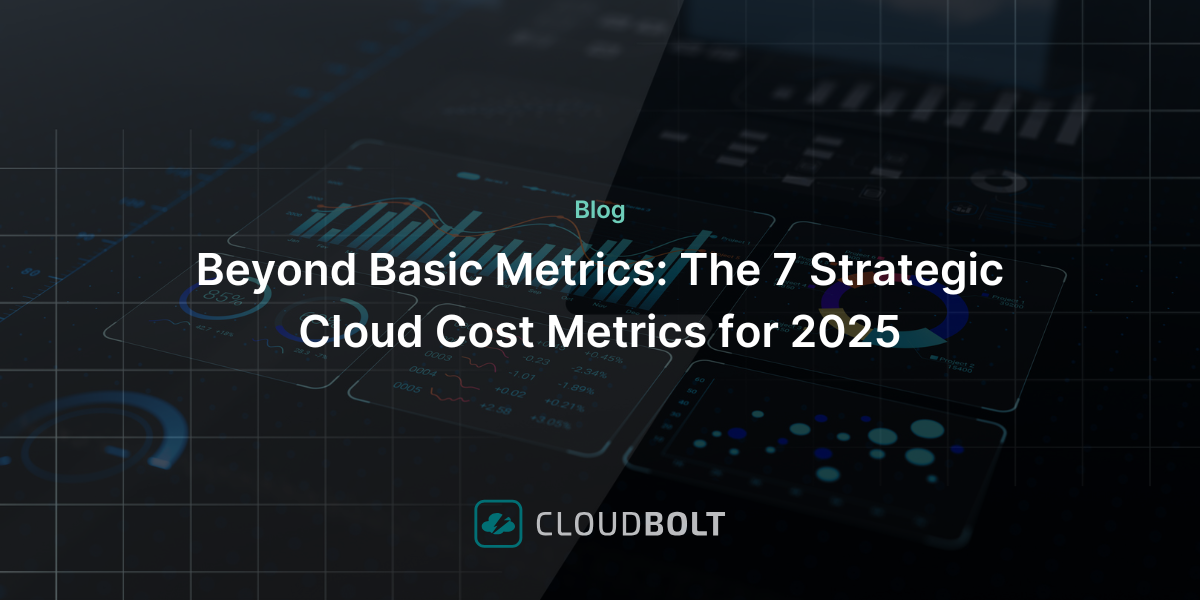Why FinOps Faces an Existential Crisis—and What Can Save It
As a technology leader of twenty-five years, I have worked on many solutions across a variety of sectors. These solutions delivered clear and tangible value to organizations, as all worthwhile technology investments should. However, when it comes to FinOps, the landscape is starkly different. The aspirations are high, but the actual capabilities remain frustratingly underdeveloped.
Embarrassingly so, even.
In fact, two significant forms of disconnect present existential crises for FinOps: our ability to demarcate and demonstrate value to the business and a widening divide from the audiences needed to do so.
These systemic issues not only cripple FinOps’ ability to become activated within organizations but also render its contributions invisible to the audiences who matter most— the executives who are betting on FinOps and the internal stakeholders we support.
In this article, I’ll explore these existential crises and solutions that will lead us on the path to up-leveling FinOps’ to its full potential.
Existential crisis #1: A disconnection to business outcomes
In all my conversations with organizations, a few recurring themes emerge: very few can draw a direct line between their FinOps activities and the actual business outcomes that matter—like profitability, growth, and strategic impact. While the underlying philosophies and intentions in FinOps are sound and impactful, the reality is that most teams are working with KPIs that don’t resonate with C-suite priorities.
How many FinOps teams do you know that can successfully demonstrate how their cloud initiatives directly contribute to business growth?
I’ll wait.
Instead, the output is dominated by primitive signals: raw usage metrics, detailed breakdowns of cloud spend, and operational data that hold little value for CFOs, CTOs, or CIOs. These leaders are looking for insights tied to high-level strategic outcomes, not granular technical data. This gap fosters skepticism about FinOps’ intrinsic value—and honestly, who can blame them?
Existential crisis #2: A disconnection to engineering activities
In nearly every organization we work with, FinOps teams either overstep or understep when it comes to working with engineering.
Overstepping often involves an increasing demand for engineers to address every granular data point and action at every step to capture even the tiniest savings opportunity. Understepping is a much lazier version of this, where tickets are auto-created with minimal direction or insight—something I often refer to as the creation of “Jira hell.”
The situation worsens when engineers try to act on FinOps recommendations. They’re often forced to step outside their usual workflows, creating unnecessary friction in an otherwise well-defined and automated process. This disrupts their efficiency and makes working with FinOps feel more like a burden than a benefit.
It is no wonder that engineers see FinOps as disconnected from reality (an example of this is well-expressed in the following Reddit post).
Much must be done to ensure the relationship between FinOps and engineering is more practical and leads to meaningful action.
Bridging the gap with third-generation solutions
Third-generation FinOps tools represent the next evolutionary step, breaking down both the horizontal barrier between FinOps and engineering teams and the vertical barrier between FinOps and business outcomes.
These solutions meet engineers where they are. Unlike second-generation models that overwhelm engineers with overly precise data points, third-generation tools deliver actionable insights by focusing on trends and categories—abstracting data in a way that frees engineers from the noise and allows them to take meaningful action. This shift dramatically improves operational efficiency and drives a higher Return on Effort (ROE).
What’s more, third-generation tools integrate seamlessly into engineers’ native workflows. This eliminates friction, enabling engineers to manage FinOps tasks without interrupting their usual processes. With AI and machine learning baked in, these tools further reduce manual effort over time by learning from user behavior, making the entire process smarter and more efficient.
Once FinOps and engineering are aligned, connecting FinOps to business outcomes becomes much easier. Third-generation tools abstract data for engineers and elevate it for C-suite executives, focusing on metrics like total cloud cost savings, unit economics, and cloud spend forecasts versus actuals. This allows leadership to tie FinOps directly to the company’s long-term goals, transforming it into a strategic, revenue-generating function—where it should have been all along.
The way forward for FinOps
Right now, FinOps is at a crossroads. It can’t move farther with rudimentary tooling. The future of FinOps lies in third-generation solutions that solve these critical challenges, allowing FinOps to finally bridge the gap between engineering and business outcomes. This connection is essential for FinOps to succeed, and by extension, for the entire organization to thrive.
I dive deeper into these third-generation solutions in a recent discussion with Tracy Woo, Principal Analyst at Forrester Research, during our recent webinar, FinOps Reimagined: AI, Automation, and the Rise of 3rd Generation Tools. Watch the recording here to learn how FinOps can finally deliver on its promise.
Related Blogs

The Cloud Cost Fix Hidden in the Tools You Already Use
Cloud engineers are under constant pressure to optimize cloud costs—but the irony? Some of the best cost-saving features are already…

